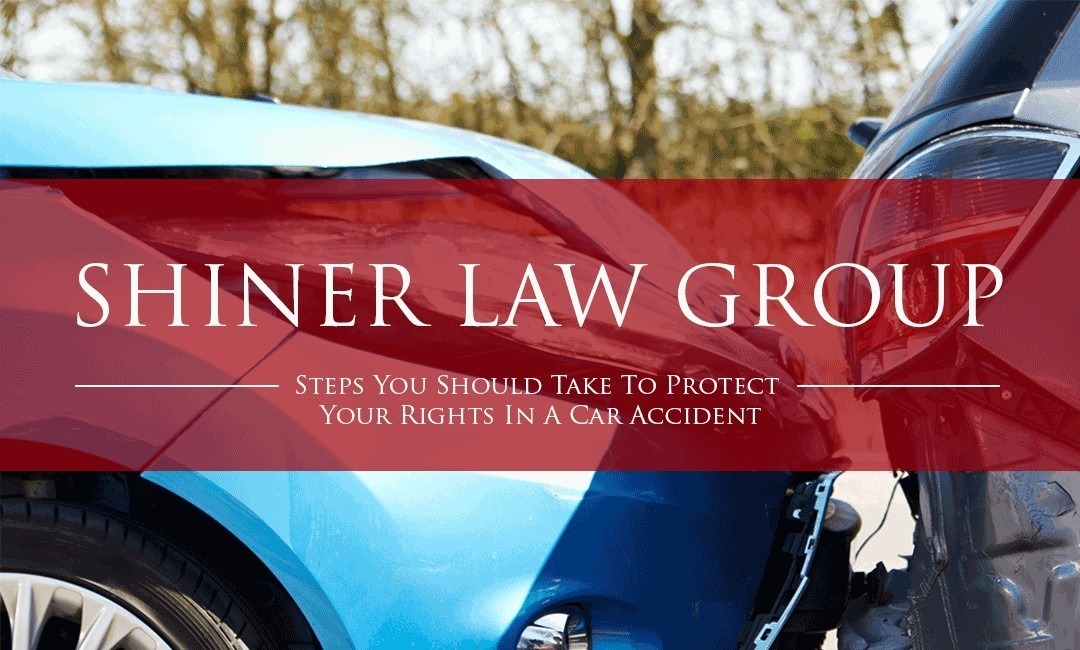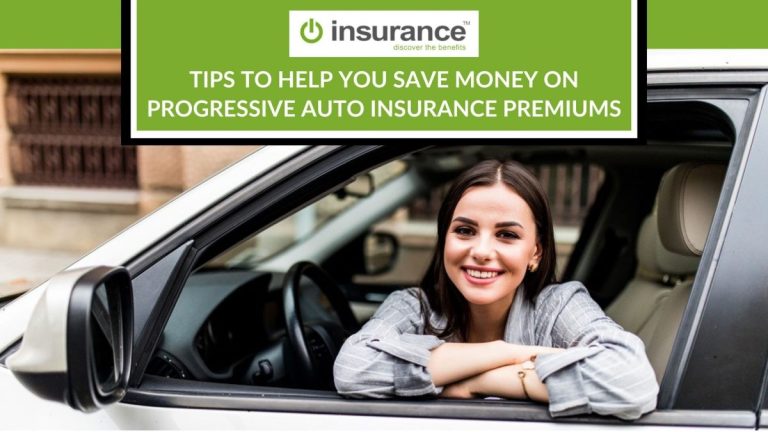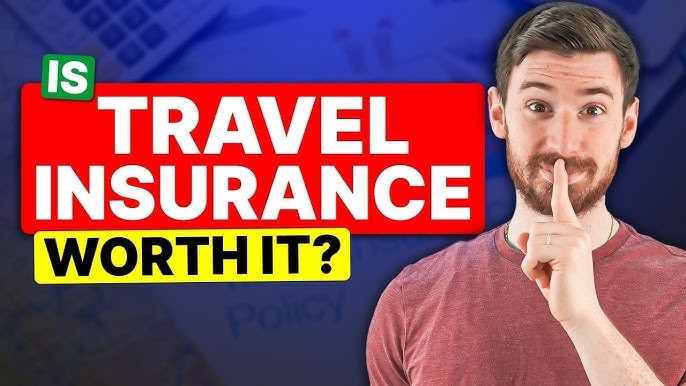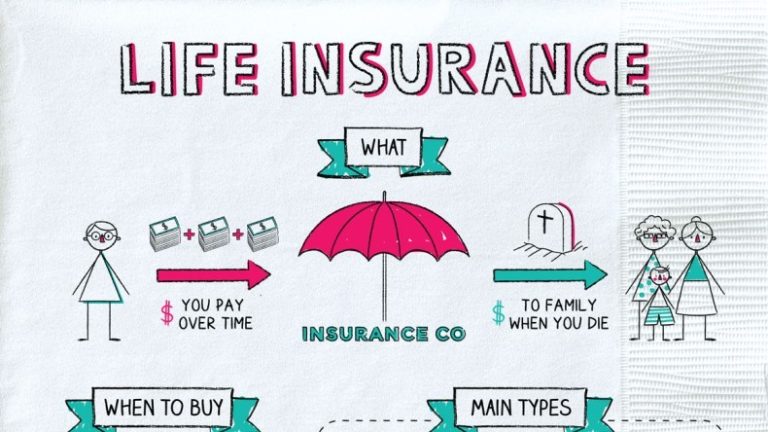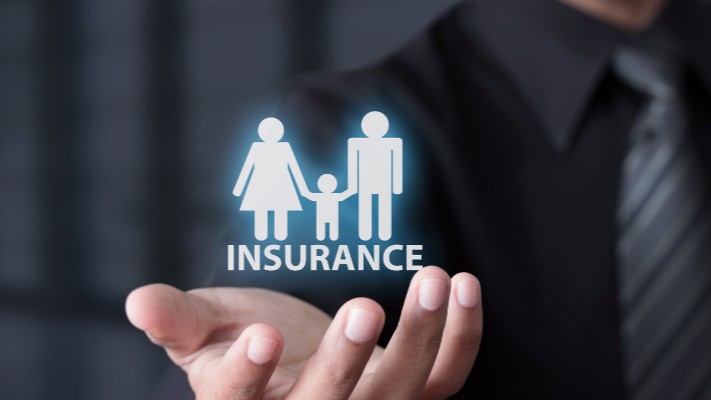How to Protect Your Car from Accidents With the Right Insurance
In the bustling arteries of modern cities, where vehicles are an indispensable part of daily life, the specter of an accident, however minor, is a constant consideration. While no insurance policy can physically prevent a collision, the right coverage acts as an impenetrable financial shield, protecting you from the potentially devastating economic aftermath. It’s not just about meeting legal mandates; it’s about safeguarding your assets, ensuring access to necessary medical care, and maintaining peace of mind. For the discerning individual, approaching personal risk with the same strategic acumen applied to business continuity planning, understanding “How to Protect Your Car from Accidents With the Right Insurance” is paramount to comprehensive financial security.
The notion of “protecting your car from accidents with insurance” fundamentally translates to protecting your *finances* and *well-being* in the event an accident occurs. This requires a nuanced understanding of various coverage types, each designed to address different facets of an accident’s impact. Relying solely on the bare minimum required by law, often compelled by regulation in places like Thailand, can leave you dangerously exposed to significant out-of-pocket expenses and potential legal liabilities that far exceed the initial savings on premiums.
The cornerstone of any robust auto insurance policy begins with **Liability Coverage**. This is arguably the most critical component, as it protects you from the financial consequences if you are found at fault for an accident. Liability coverage typically has two main parts:
* **Bodily Injury Liability:** This covers the medical expenses, lost wages, and pain and suffering of other individuals injured in an accident that you cause.
* **Property Damage Liability:** This covers the costs of repairing or replacing property that you damage in an accident, most commonly other vehicles or structures like fences or lampposts.
Insufficient liability coverage is a common and dangerous pitfall. If your liability limits are too low, and you cause a serious accident resulting in extensive injuries or significant property damage, you could be personally responsible for the costs exceeding your policy limits. This can put your personal assets—savings, property, and future earnings—at severe risk. For individuals with substantial assets, opting for higher liability limits (e.g., 250/500/100, meaning $250,000 per person for bodily injury, $500,000 per accident for bodily injury, and $100,000 for property damage) is a strategic move to insulate wealth from potential lawsuits.
Beyond protecting others, ensuring your own vehicle is protected from accident-related damage requires **Collision Coverage**. This type of coverage pays for repairs or replacement of your own vehicle if it is damaged in a collision with another vehicle or object, regardless of who is at fault. If you have a car loan or lease, your lender will almost certainly require you to carry collision coverage to protect their investment. For newer or higher-value vehicles, collision coverage is indispensable; without it, you would bear the entire cost of repairs or replacement, which could easily run into significant sums.
Complementing collision coverage is **Comprehensive Coverage**, which safeguards your vehicle from non-collision-related incidents. While not directly tied to accidents with other vehicles, these events can still render your car undrivable or a total loss. Comprehensive coverage steps in for damages resulting from theft, vandalism, fire, natural disasters (like floods, hail, or falling trees), or striking an animal. In a country susceptible to monsoon seasons, like Thailand, where floods can occur, or in areas with wildlife, comprehensive coverage becomes particularly valuable, offering protection against events beyond your control.
Another vital layer of protection against the financial fallout of accidents comes from **Uninsured/Underinsured Motorist (UM/UIM) Coverage**. Despite legal requirements, many drivers operate without insurance or carry only the bare minimum, which is often insufficient to cover serious damages. UM/UIM coverage protects you if you are involved in an accident with such a driver. Uninsured motorist coverage steps in if the at-fault driver has no insurance, while underinsured motorist coverage applies when their insurance limits are too low to cover your medical bills and property damage. This coverage is a strategic buffer, ensuring you’re not left to absorb costs due to another driver’s lack of adequate protection.
Finally, **Personal Injury Protection (PIP) or Medical Payments (MedPay) coverage** focuses on the human element of an accident. These coverages help pay for medical expenses for you and your passengers, regardless of who was at fault in the accident. PIP may also cover lost wages, rehabilitation costs, and other non-medical expenses. While your health insurance might cover some medical bills, PIP or MedPay can provide more immediate access to funds and cover costs that health insurance might not, offering an essential safety net for bodily injuries sustained in a collision.
To effectively choose the right insurance, a methodical approach is vital. Firstly, **assess your individual risk profile and assets**. If you have significant savings, property, or a high income, higher liability limits are a non-negotiable to protect those assets. Secondly, **determine your vehicle’s value**. If your car is older and its market value is less than your collision and comprehensive deductibles combined, you might consider dropping these coverages to save on premiums, acknowledging the self-insuring risk. Thirdly, **shop around extensively**. Insurance premiums vary significantly between providers for identical coverage. Utilize online comparison tools and consider working with an independent insurance broker who can provide quotes from multiple companies, ensuring you get competitive rates without compromising on the breadth of your coverage. Fourthly, **leverage available discounts**. Insurers offer numerous discounts for good driving records, bundling policies (e.g., auto with home insurance), anti-theft devices, low annual mileage, and taking defensive driving courses. Proactively inquire about every discount you might qualify for.
In conclusion, protecting your car from accidents with the right insurance is fundamentally about building a robust financial defense against the unpredictable. It extends far beyond basic legal requirements, encompassing comprehensive liability, collision, comprehensive, and uninsured/underinsured motorist coverages, along with personal injury protection. By strategically assessing your needs, understanding policy nuances, diligently comparing providers, and maximizing available discounts, you empower yourself to secure genuine, comprehensive protection. This intelligent approach transforms auto insurance from a mere obligation into a powerful tool for risk management, ensuring that in the unfortunate event of an accident, your focus can remain on recovery and resolution, rather than debilitating financial strain. It is a testament to the importance of foresight and preparation in navigating the complexities of modern life on the road.

